|
A few photos of interest showing the influence of Georgia in the Washington, D.C. area. Dr. Crawford Long was a medical pioneer. He was first to use ether as an anesthesia.He was a roommate of Alexander H. Stephens, Georgia’s other statuary tribute at The Capitol. His statue is located in The Crypt, a room planned for the burial of George and Martha Washington....George Washington’s will had other plans. Alexander H. Stephens is no stranger to us. Congressman, senator, governor, and also the Vice President of the Confederacy. He was a vocal opponent of secession and eventually funded the educations of former slaves. The First Battle of Manassas (Bull Run) was supposed to be a short and decisive affair. That’s what both sides thought going in. But it was a violent and brutal ordeal, a preview of what the War Between the States would really be. In some of the heaviest fighting, the 7th Georgia Infantry advanced out of the woods and onto Henry Hill where Ricketts’ Battery was engaged in an artillery duel. The Georgian’s captured all the guns in the battery and drove the survivors from the field. Savannah’s Francis Bartow, namesake of Bartow County, was killed in the fighting at 1st Manassas. His original monument was possibly the first ever placed on a WBTS battlefield.
0 Comments
Sam Burnham, Curator @C_SamBurnham Korea has been in the news a lot lately. I shared a photo from this weekend over on our Instagram account. A visit to the Korean War Memorial in Washington gave me a face-to-face encounter that I can’t get out of my mind. The memorial is truly poignant. The 19 men represented stand in their heavy gear to brace them against the harsh weather. They are all alert, they are looking around for any hint of danger. Then I saw him. These are the kinds of statues that follow you with their eyes. This one statue caught my attention. I thought he might speak. In a way I wished he would. I knew I was looking at an inanimate metal object but in that moment the artist’s goal was achieved. I connected. I wasn’t looking at a piece of metal, I was face to face with a 19 year old who was thousands of miles from home and scared of what the next moment had in store for him. He was tired, cold, and homesick. But he was also vigilant and brave. The fear and bitter cold weren’t keeping him from his duty.
In that hat moment I wished he’d unload some of it. I wished he’d tell me what he was thinking, what his hopes were, how scared and tired he was, how bad he wanted to get out. At the same time there was the feeling, the realization that one thing he would say is that we need to make that moment worth it. We need to live free, support freedom at home, demand our rights as Americans because of Americans like him who went far from home to defend those freedoms. But most of all, the message that was reinforced in me is that if we are going to send our kids where this man had gone, be it in Europe, Asia, Africa, wherever, it had better be for the cause of liberty. It had better be justified. We had better be prepared to support them when they come home, to deal with the task we sent them to do. And that needs to be in all of our minds any time we talk about war. Look into this face. Catch that glance. Know where you’re sending him. He’ll go. That’s what he does. Let’s not send him flippantly. It’s unlikely for an interstate to make a great drives listing but there are exceptions to every rule. For over 300 miles, I-81 carries sightseers, intentional and otherwise, through Virginia’s Shenandoah Valley. The valley is a work bucolic art, painted across the landscape with a pigment of agrarianism and the brush of time. Farms, complete with barns and silos dot the rolling hills as the picturesque ridge lines frame in the valley in the distance. The highway seems to have been placed with the economy of space in mind. Rather than the typical interstate, 81 is situated on just enough property. It is slid in among the homesteads without taking more land than is needed. Not one unneeded foot is designated for right of way or even a rest area Along the road you’ll find storied Southern locales: Bristol: “The Birthplace of Country Music” and the home of the famous NASCAR short track. Natural Bridge: Breathtaking natural geological formation so impressive that when Thomas Jefferson saw it, he decided to buy it. Lexington: Robert E. Lee and “Stonewall” Jackson are both buried in this town. It is Home to their respective instructional charges: Washington & Lee University and The Virginia Military Institute. Even if you don’t visit the generals, this is one of the most beautiful towns in The South. Blacksburg: Home of The Virginia Tech Hokies. That’s just scratching the surface. There too many towns, local attractions, and stories to mention. It’s not you average interstate drive. |
Sam B.Historian, self-proclaimed gentleman, agrarian-at-heart, & curator extraordinaire Social MediaCategories
All
Archives
November 2022
|
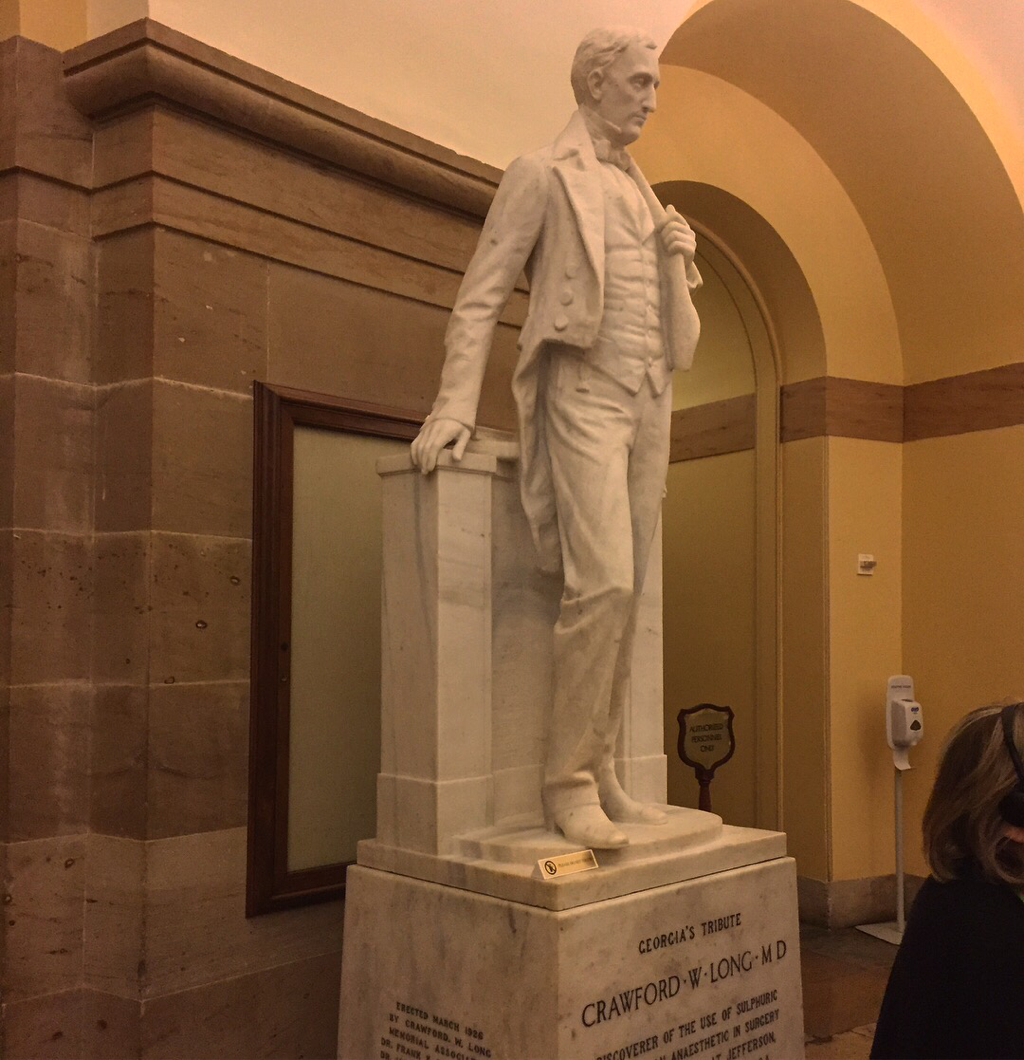
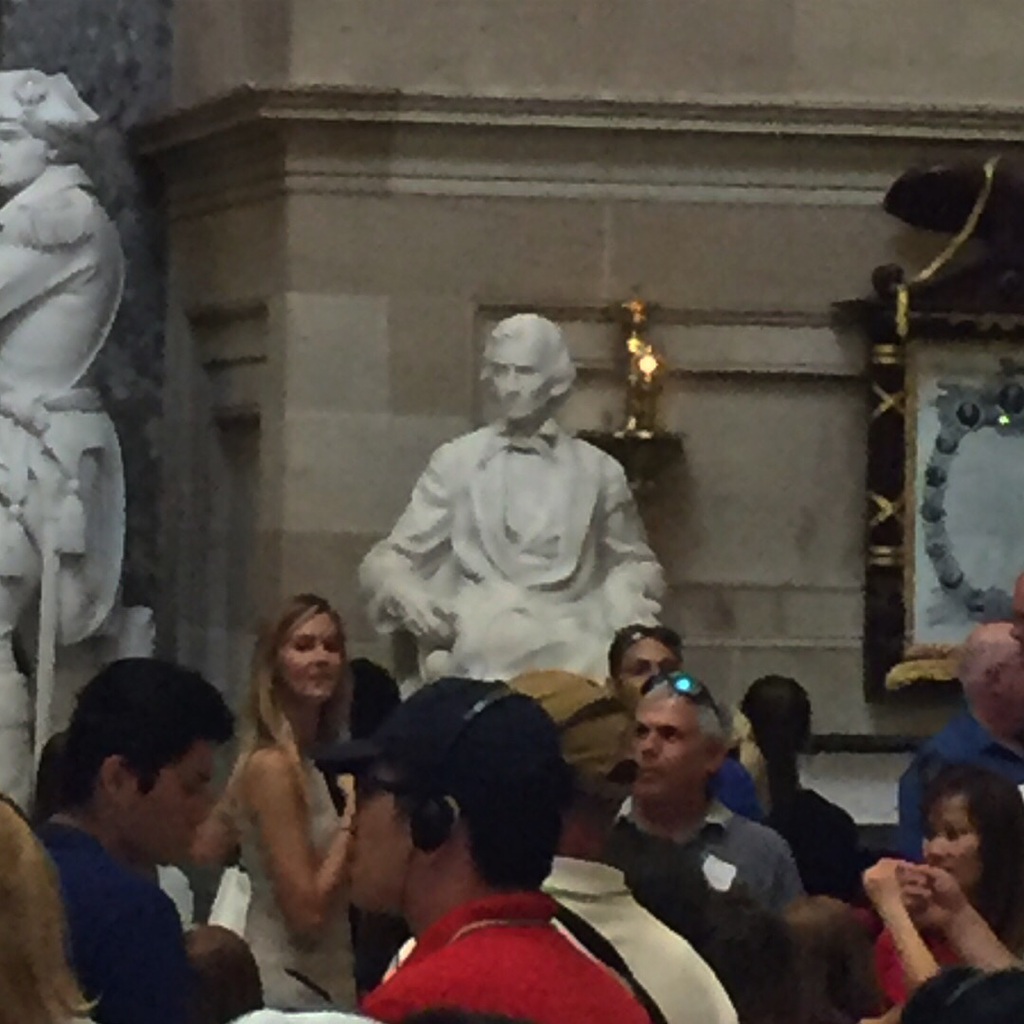
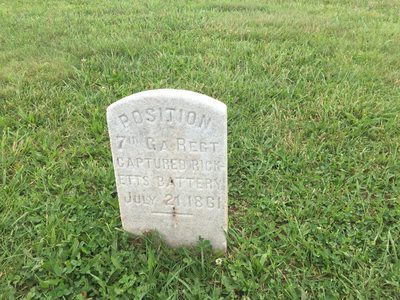
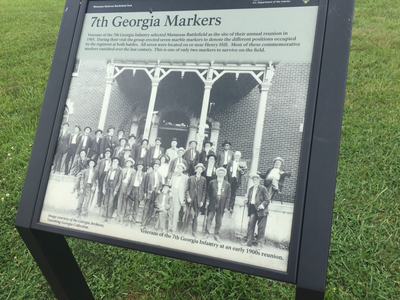
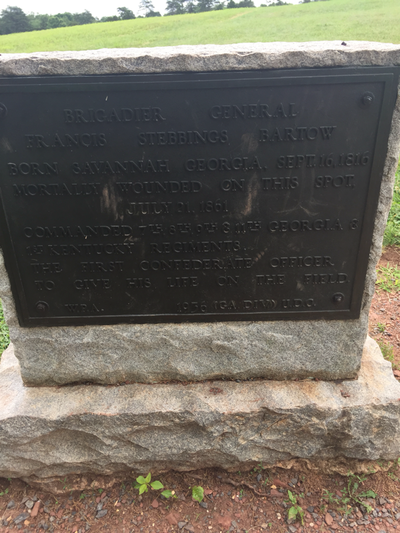
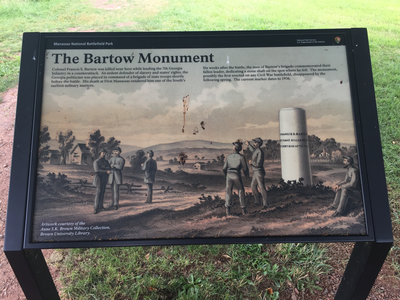
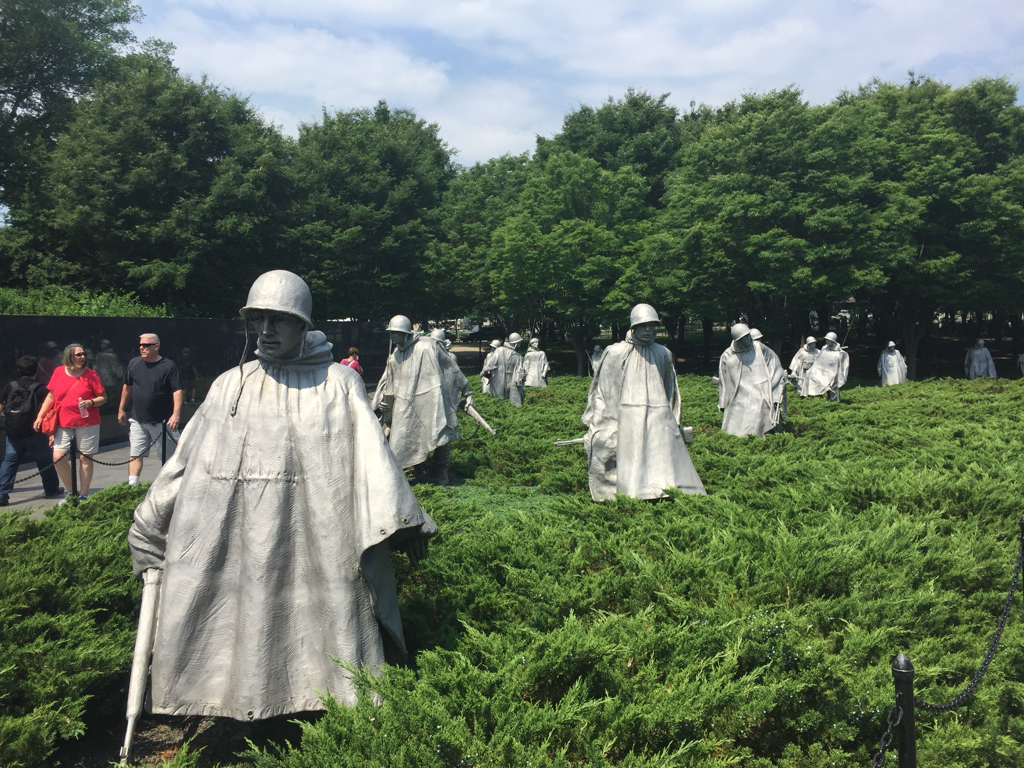
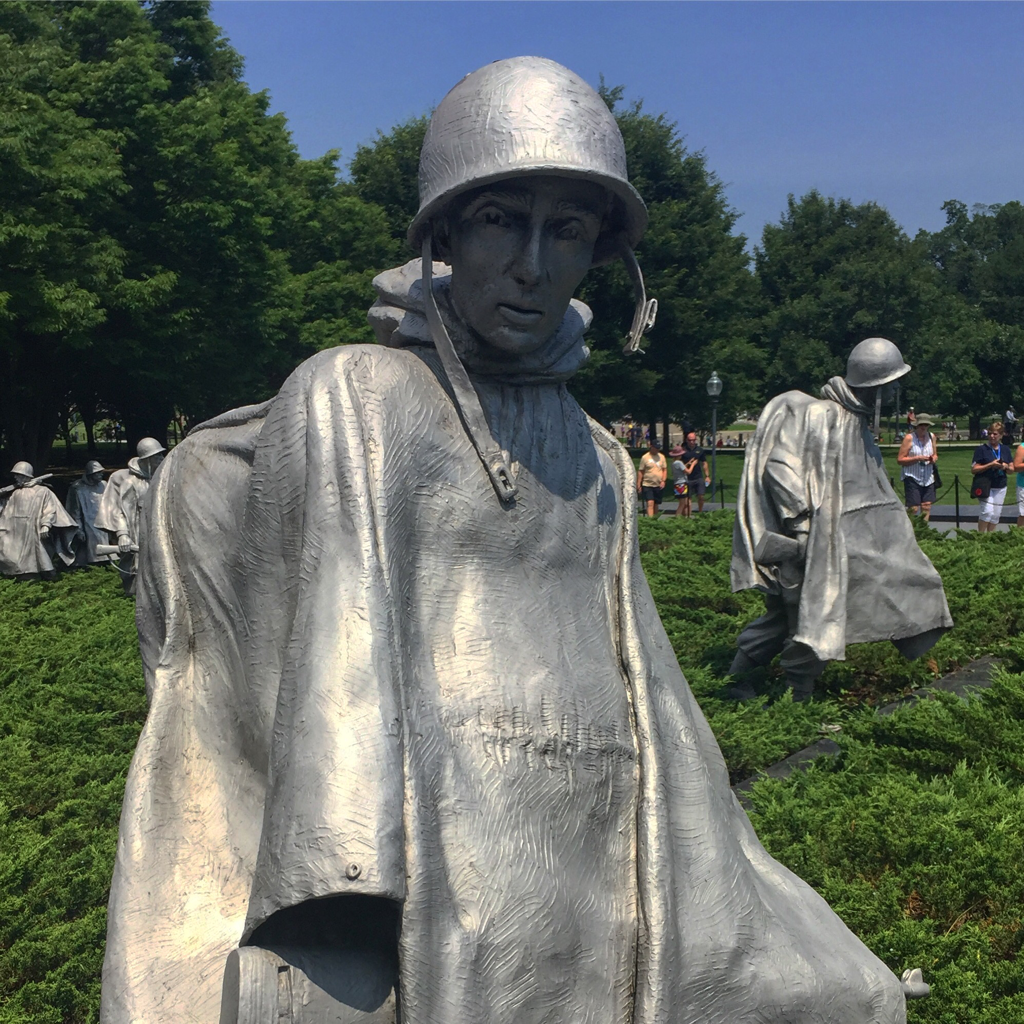
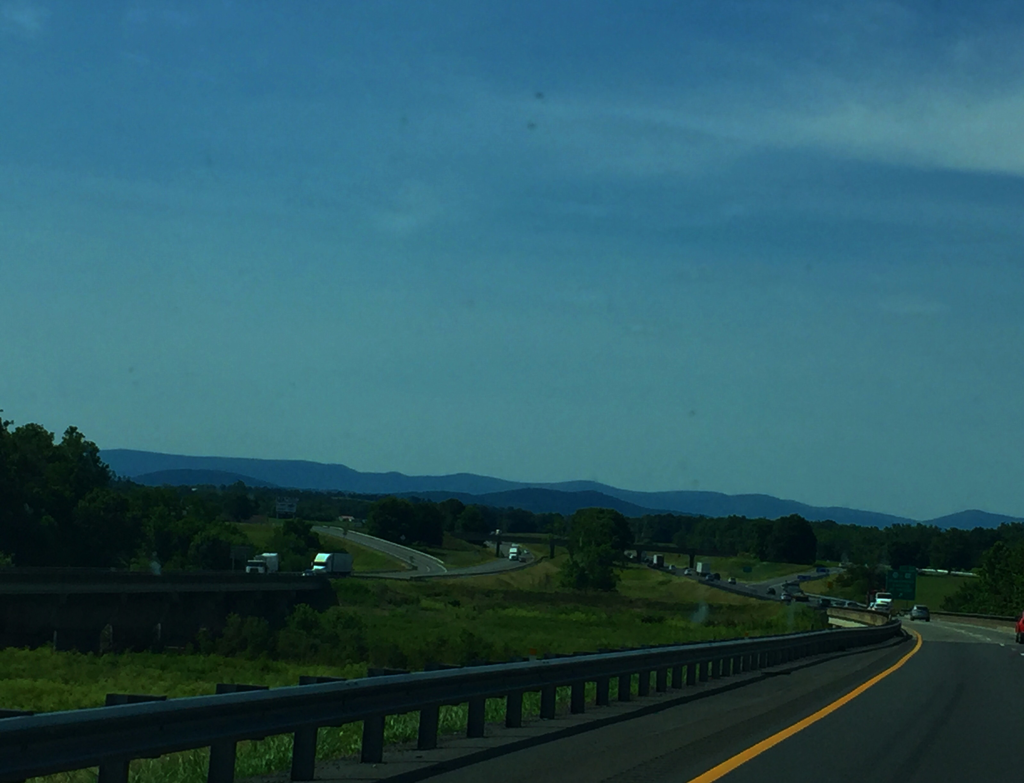
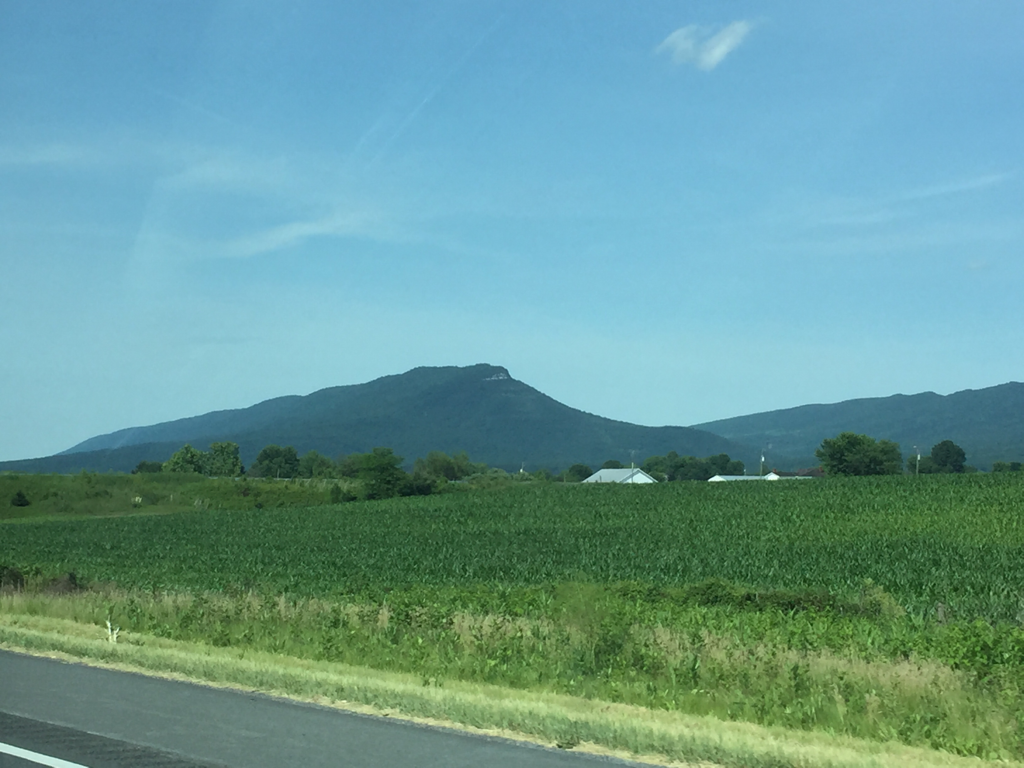
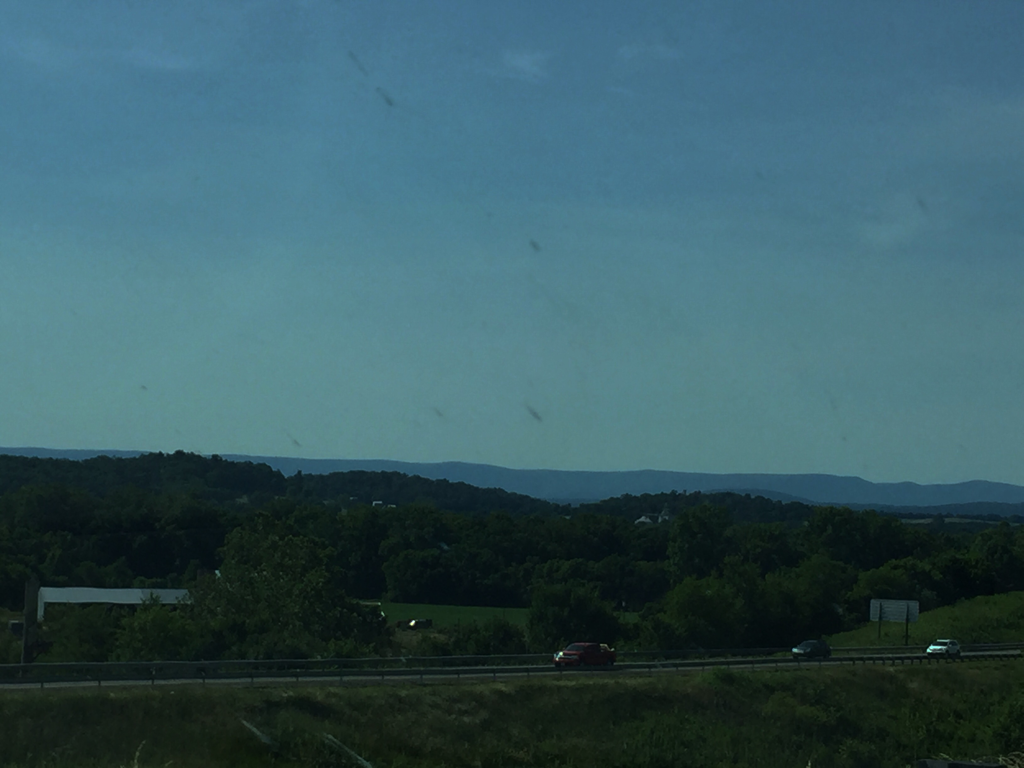
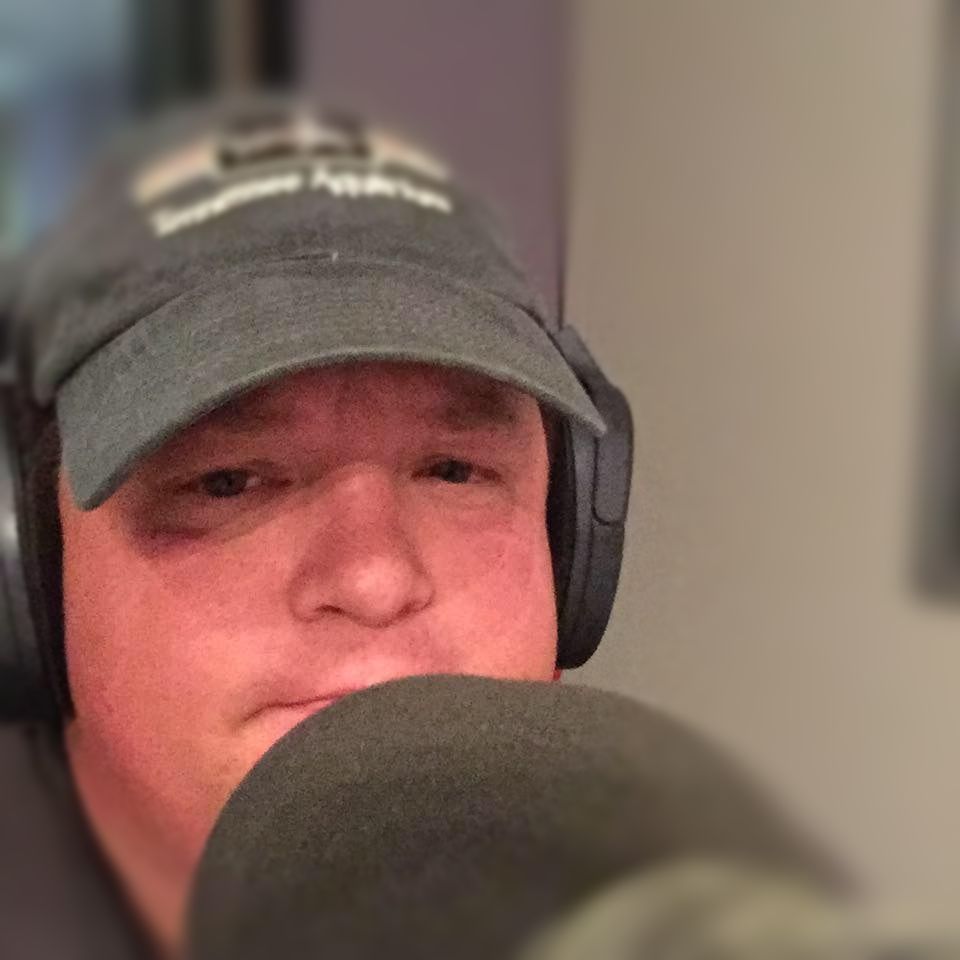

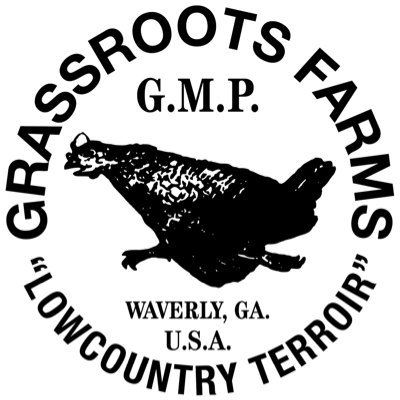
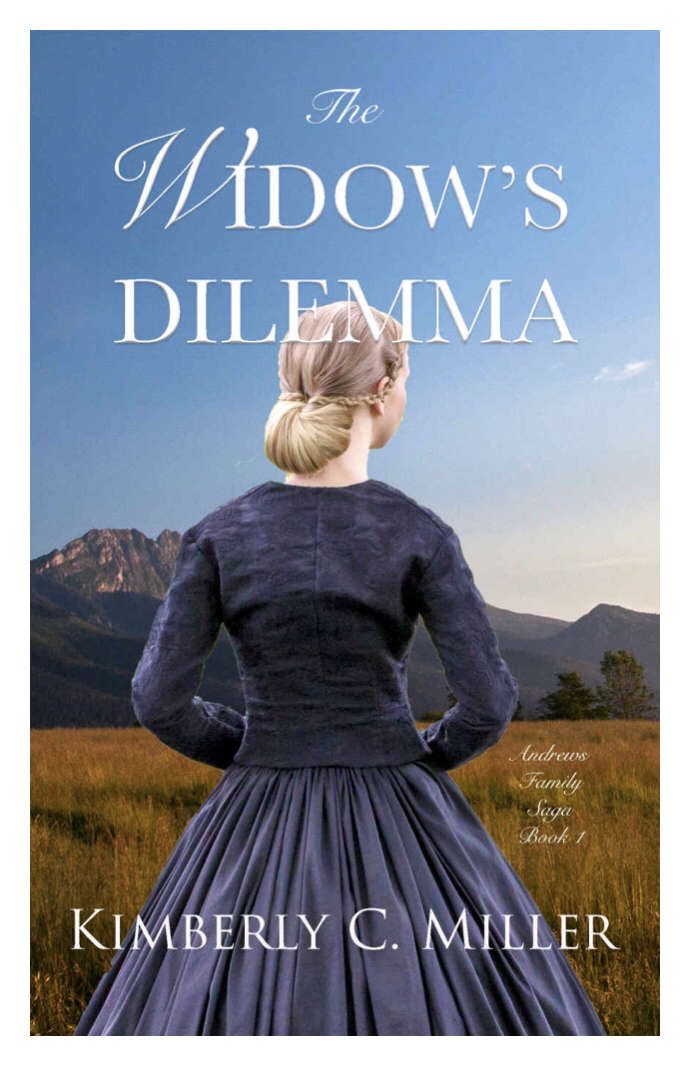
 RSS Feed
RSS Feed
